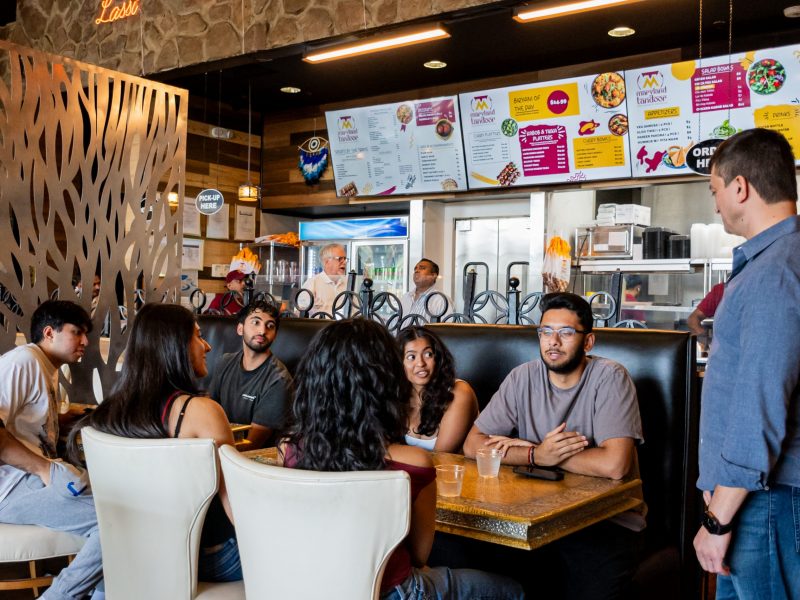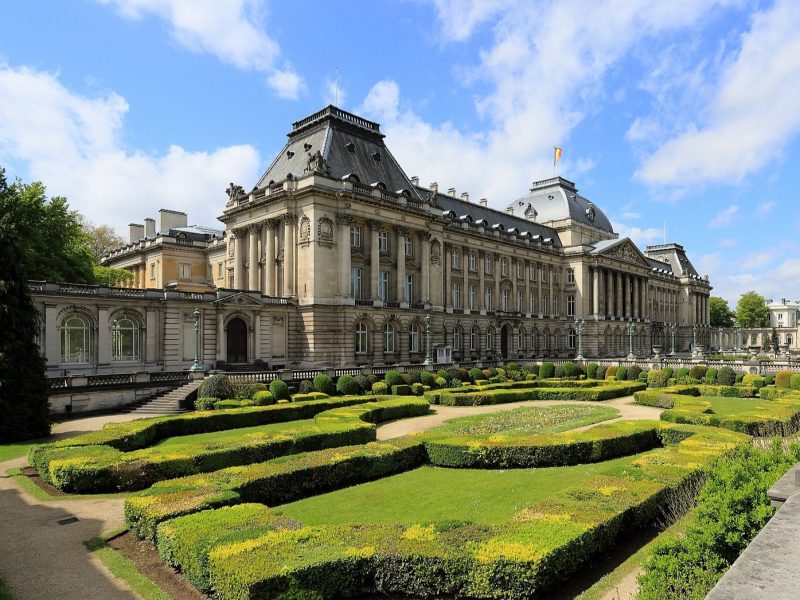Across the street from the Leonardtown Community Center stands a lone solar-powered light that attempts to make students feel more safe in a previously unlit area.
Installed in late July, the solar light was put in at the bus stop in response to concerns from University Police about people waiting for the bus after dark, said Rob Riesner, manager of electrical services. The light is also part of the university’s foray into more environmentally conscious electrical options.
University Police spokesman Paul Dillon said he heard complaints from residents about the area, but could not recall any incidents of violent crime in the location and could not say whether the light has reduced safety problems.
But students appreciate the added safety precautions, especially with its proximity to Fraternity Row.
“With safety problems like the strong-arm robbery on Frat Row a few weeks ago, I feel safer having as many streetlights as possible there,” said Matthew Spencer, a sophomore biochemistry major. “Frat Row gets pretty dark.”
Electrical Services installed the solar light because there is no access to an electrical circuit in the area, Riesner said. However, the department has been having roblems making the light stay on, particularly at night and early in the morning, he said. The department does not know what is causing the problems, he added.
“If lights aren’t reliable, I don’t care how green they are,” Riesner said. “The safety of the University of Maryland community comes first.”
The department is also using this light as a way of researching solar technology, so it can evaluate maintenance costs and reliability of solar lights for possible use in the future, he said.
Even if the lights are reliable, Riesner said installing the lights on a large scale may be too costly. The solar light cost $3,500, while traditional streetlights cost $1,000, he said.
However, solar lights use light-emitting diodes (LED) light bulbs, which are known to be maintenance-free and have a 15- to 20-year lifespan. Maintenance is still required for the batteries, he said. Solar lights are considered better for the environment because they produce less waste and use a smaller amount of energy, which causes them to last longer than traditional lights, Riesner said.
Wendy Whittemore, associate director of Environmental Science and Policy, said the solar light is a creative way to be more environmentally conscious.
The university “has done a great job” being more environmentally aware, Whittemore said.
Students in the Leonardtown community also appreciate the university’s efforts to become more eco-friendly.
“I think it’s a great step in the right direction,” sophomore economics Mary Pham said. “It really helps reduce energy consumption, which is great considering the ongoing global warming crisis.”
Olivia Buzek, a sophomore computer science major, also values the university’s efforts, but said student participation in the various university’s initiatives, such as recycling, is critical in truly making a difference.
“The university can initiate any policies they’d like,” Buzek said. “But if students don’t participate, it doesn’t really matter.”
newsdesk.dbk@gmail.com


